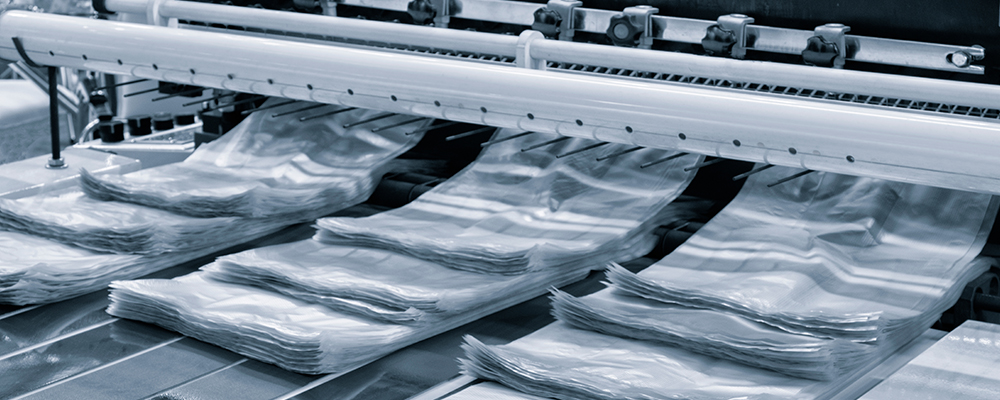
Global trade has become a driving force in shaping industries worldwide, and the plastic bag making machinery sector is no exception. As we navigate the complexities of international markets, the demand for packaging equipment, particularly for plastic bags, continues to evolve. This blog explores how global trade influences our exports, with a special focus on trade data from India and the broader demand for packaging machinery.
The world’s appetite for efficient, sustainable, and innovative packaging solutions is growing at an unprecedented pace. According to recent industry insights, the global packaging machinery market was valued at USD 54.40 billion in 2024 and is projected to reach USD 93.01 billion by 2033, growing at a compound annual growth rate (CAGR) of 6.14% (Straits Research, 2025). This surge is fueled by several factors:
- E-commerce Boom: The rise of online shopping has increased the need for durable and flexible packaging, boosting demand for machinery that can produce plastic bags and pouches efficiently.
Consumer Preferences: Shoppers worldwide are gravitating toward convenience, driving the production of ready-to-use packaged goods.
- Sustainability Push: With environmental concerns on the rise, there’s a shift toward machinery capable of producing biodegradable or recyclable poly bags.
For us, this global demand translates into a golden opportunity to expand our reach and showcase our expertise in crafting cutting-edge plastic bag making machines.
India has steadily established itself as a vital contributor to the global packaging machinery trade, particularly in equipment designed for plastic bag production. Our nation’s advantageous geographic location, skilled labor pool, and cost-effective manufacturing capabilities have solidified its status as a competitive force in this arena.
What truly stands out is the rapid expansion within specialized areas like flexible packaging machinery. According to industry analysis, India’s plastic packaging market is experiencing
robust growth, with Market size worth USD 22.44 Billion in 2025, growing at an 3.09% CAGR and is forecasted to hit USD 26.13 Billion by 2030 (Mordor Intelligence, 2025).
The surge is driving a corresponding demand for advanced machinery to support the sector’s needs. With our expertise in creating customized, innovative solutions, we’re well-equipped to capitalize on this rising tide and cater to both domestic and international markets.
While the outlook is promising, global trade isn’t without its hurdles. Here’s how it impacts us:
Opportunities
- Emerging Markets: Countries in Asia-Pacific, like Vietnam and Thailand, are ramping up their packaging industries, creating new avenues for our exports.
- Technological Edge: By integrating automation and IoT into our machinery, we can cater to the demand for smart, efficient equipment.
- Trade Agreements: India’s recent free-trade deals with the UAE and Australia open doors for us to expand with reduced tariffs.
Challenges
- Regulatory Shifts: Bans on single-use plastics in regions like the EU push us to adapt our offerings toward sustainable alternatives.
- Competition : Global players from Germany and China challenge us to stay ahead in quality and pricing.
- Supply Chain Volatility: Disruptions, as seen during the pandemic, remind us to build resilient logistics networks.
As we reflect on the impact of global trade, it’s clear that adaptability is key. The trade data from India and the rising global demand for packaging equipment signal a vibrant future for plastic bag making machine exports. Our focus remains on innovation—whether it’s enhancing machine efficiency or developing eco-friendly solutions—to meet the evolving needs of our international clients.
By leveraging India’s strengths and staying attuned to global trends, we’re not just riding the wave of trade; we’re helping shape it. The journey ahead is full of potential, and we’re excited to be at the forefront, delivering machinery that powers the world’s packaging revolution